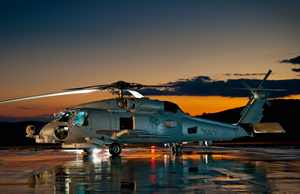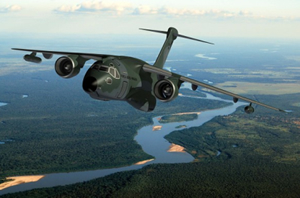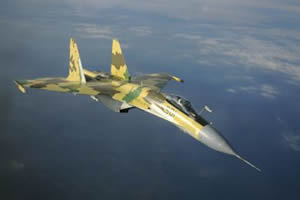- 4 replies
- 2,224 views
- Add Reply
- 0 replies
- 1,131 views
- Add Reply
- 0 replies
- 1,197 views
- Add Reply
- 10 replies
- 2,820 views
- Add Reply
- 0 replies
- 1,374 views
- Add Reply
- 0 replies
- 1,023 views
- Add Reply
CombatACE Facebook Winner

By Erik,


CombatACE Facebook Contest Winner
Week 1 - Ivan Adamek
Meet Ivan Adamek. Ivan is our Facebook contest winner for week 1. Congratulations!
We dusted off the CombatACE Randomizer and carefully plugged it in. Using the punch card reader I input the value list from number 1 through 157. At about card 58 I swore I heard what sounded like, "Would you like to play a game?" but that is a story for another day. I finished with the cards then I stepped back just far enough to touch the [ENT
TrackIR 5 Review

By Erik,


TrackIR 5 Review
September 21, 2010
Ruggbutt puts the TrackIR 5 through its paces with some great outcome and performance news. The TrackIR 5 was everything it was expected to be and then some. Awarded "Best of the Year 2010" the TrackIR 5 is a great addition for any flight, racing, or combat rig where nothing short of total immersion is the ultimate desire. Read the TrackIR 5 review you'll be racing your way to order yours today.
READ THE REVIEW
Lockheed Martin Receives $10 Million to Migrate MH-60 Helicopters

By Erik,


Lockheed Martin Receives $10 Million to Migrate MH-60 Helicopters to the Joint Mission Planning System
Lockheed Martin
OWEGO, N.Y., September 21st, 2010 -- The U.S. Navy awarded Lockheed Martin [NYSE: LMT] a $10 million contract to develop software that will enable MH-60R and MH-60S multi-mission helicopter aircrews the latest technology to pre-plan their missions for maximum success.
The U.S. military’s Joint Mission Planning System (JMPS) was developed by the U.S. Nav
First Production C-5M Super Galaxy Takes Flight

By Erik,


First Production C-5M Super Galaxy Takes Flight
Lockheed Martin
MARIETTA, Ga., September 21st, 2010 -- Lockheed Martin’s [NYSE: LMT] first production C-5M Super Galaxy made its first flight here Sept. 19 sporting the new “Super Galaxy” tail flash and nose art. It is set to be delivered Sept. 30 and will arrive for duty at Dover Air Force Base, Del., in November.
Lockheed Martin
AERO Vodochody plan a new project

By Erik,


AERO Vodochody plan a new project
Aero
Prague: Ministries of Defence of the Czech Republic and Brazil yesterday signed an agreement in terms of which Aero Vodochody will cooperate with the third global most important aircraft manufacturer a company Embraer on development and production of a new military multipurpose transport aircraft KC-390. „Aero very much appreciate an opportunity to cooperate with such a company as is Embraer, which successfully contribute to global aerospace p
Sberbank to Finance SU-35 Fighter Production

By Erik,


Sberbank to Finance SU-35 Fighter Production
Air Force News — By Sukhoi on September 21, 2010 at 4:56 am
MOSCOW: The Komsomolsk-na-Amure-based Yuri Gagarin Aviation Industrial Concern (KnAAPO), incorporated by the Sukhoi Holding Company, and Sberbank (the Savings Bank of Russia) concluded today a general agreement to build the Su-35S multi-role fighter. The document was signed by Alexander Pekarsh, KnAAPO director general, and Olga Bukhankova, head of the Savings Bank central divisio






